Epoxy floors and epoxy coatings are becoming increasingly popular for use as commercial and industrial flooring. There are numerous types of epoxy textures and designs that are chosen based on how the floors will be used in an area. Epoxy is available in granule textures, micas (pigment) textures, and non-slip textures. Each of these types of epoxy offers distinct advantages and disadvantages when compared to the others.
Smooth Finish – Smooth and seamless finish using a polymer based additive.
Non-Slip – An epoxy floor with a non-slip additive to give the floor grip.
Mica Pigments (Metallic) Texture – Colored epoxy floor resembling granite and other rocks. Perfect for a natural-looking epoxy floor.
Granule Textures (Colored flakes) – Epoxy floors with added chips, flakes, or flecks that are water-based resin materials to give the floor extra grip, hide imperfections and add an aesthetic appeal.
Smooth Finish
A smooth epoxy floor finish is the most common type of floor finish you will see in a home garage or basement. Usually its hard to even tell that a nonskid has been applied as most non-skids additives are micronized polymer based powders that are mixed into the epoxy when applied.
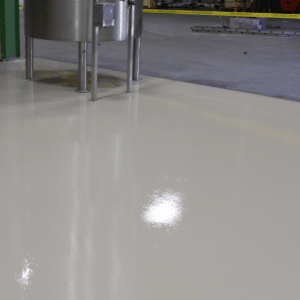
Most Popular Uses
Feel and Look
Desired floor “grip” is achieved by adding more or less of an additive when applying the epoxy coating. It’s important to note that climate and weather conditions play a huge rule in floor grip or texture. In cold conditions where there is alot of water, snow, and ice, ensuring that your floor has a nonskid added it vital. Water on an epoxy floor will simply bubble or bead up depending on the spill amount.
It’s important to clean these spills and areas up as soon as possible to ensure that the floor retains its integrity and these areas do not become the weak spots of your floor. It’s also important to note that after the initial install floors are usually quite slippery. This is alright. The floor needs to be worn in a bit (walked on, driven on, etc.) to gain some wear which in turn strengthens it resulting in a stronger grip. This will happen over time but if you would like to expedite the process then simply use a light floor buffer after install to wear it in.
Pros
- Easy to install and requires little to no experience
- Micronized polymer additive still gives the floor the smooth finish but also adds the reliability of a non slip surface.
- Repairs that are needed throughout the application is provided throughout the project.
- Resistant to household cleaners and chemicals.
Cons
- No as abrasion resistant as some thicker flooring systems
- Not as aesthetically appealing as other "flaked" or "metallic" systems
Granule Textures and Colored Flakes
Colored flakes have a similar look but are actually water-based resin materials that will help to hide floor imperfections and give it aesthetically pleasing look while adding some texture and thickness to the floor.

Most Popular Uses
Feel and Look
Granules epoxy floors are made from pure silica sand or quartz. Silica is a hard, abrasion resistance and chemically inert material and ideal for use in custom epoxy floors. High-density silica is the preferred mineral to enhance the properties of seamless flooring. These floors are able to withstand demanding foot traffic while providing decorative granules. Granule epoxy flooring can be customized to match any color scheme. Colors can be mixed and matched to develop a unique color array that best fits your project. In addition to color, the durability and texture can be tailored to the level of surface texture specific to the needs of an environment. Granule textures will feature a transparent, protective layer that provides UV-resistance – perfect for fully exposed, outdoor residential installations, such as a porch.
Pros
- Provides a long-life span
- Offers a striking appearance
- Extremely resistant to harsh chemicals and UV rays
- Resistant to household cleaners and chemicals.
Cons
- Depending on the broadcast level an additional coat or two might be required to properly cover the floor and ensure all areas are covered.
Mica Pigments (Metallic) Texture
Metallic epoxy coatings allow you to create endless patterns and designs using metallic powder additives.
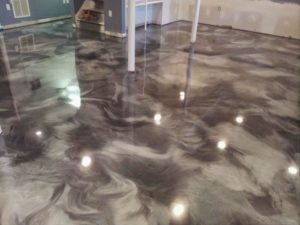
Most Popular Uses
Feel and Look
When added to an epoxy floor, color micas give a floor the look of granite and other rocks. This epoxy texture is perfect if you want a natural-looking epoxy floor. Mica nanoparticles are coated with various organic and inorganic pigments to create pearlescent and iridescent effects that mimic the natural look of stone and rock formations. Mica comes in many natural color groups and cleaves nicely into thin sheets that are broken down into various sizes. They also provide a metallic luster that offers alluring shine. These unique pigments are designed to be field blended with a 100% solids clear epoxy binder. When metallic particles are mixed with epoxy, the coat has a shine that reflects light and creates striking color. A micas epoxy floor is an evenly applied, smooth, and glossy surface.
Pros
- Mica’s natural source provides UV stability and colorfast elements.
- Color micas are available in multiple hues.
- Superior chemical resistance.
Cons
- Unable to withstand the demanding traffic of an industrial site.
Non-Slip Epoxy Floor Texture
Non-slip epoxy texture have a rough consistency which creates positive traction and reduces the possibility of slipping and falling
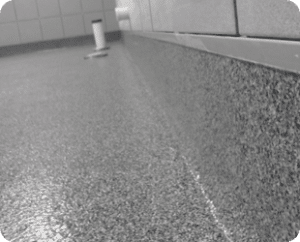
Most Popular Uses
Feel and Look
Non-slip epoxy floors have a rough consistency which creates positive traction and reduces the possibility of slipping and falling. Non-slip epoxy floors are comprised of various types of aggregate that can be used in conjunction with epoxy resins. Aggregates contain pieces, flakes, or grains that are placed in between layers of epoxy coating to create a non-slip surface. Depending on how a non-slip epoxy is being utilized in an environment, the aggregate can be colored quartz, silica sand, aluminum oxide, plastic media, polypropylene spheres, glass spheres, or walnut shells.
Colored quartz provides a right amount of slip resistance and adds a decorative element to the flooring system. Silica sand provides positive traction where powerful oils and lubricants are used and spilled (this type of aggregate would be used in a machine shop environment. Polypropylene spheres, plastic media, and glass spheres offer adequate slip resistance for facilities with lighter foot traffic and are ideal for areas in which having an easily cleanable surface is required – they provide positive traction without accumulating dirt. For floors requiring rigid slip resistance, aluminum oxide is often applied. Aluminum oxide aggregate is a dense substance when locked in with an epoxy resin, it will still have an angular profile that will provide positive traction. Walnut Shells would be applied in parking decks with elastomeric materials to provide positive traction for vehicles. It can also be used to create a spark-proof floor, unlike silica sand, which does not spark proof.
Pros
- Non-slip epoxy floor texture provides reliable slip resistance to ensure employees are safe in unpredictable environments
- Superior resistance to chemicals, impact, and abrasion
- A first-rate life cycle that provides a cost advantage
Cons
- The more powerful the slip resistance of the epoxy floor, it will be more difficult to clean the floor's surface.
- This is due to coating systems with an aggressive slip resistant component, the aggregate that is broadcast into the coating is larger and more angular.





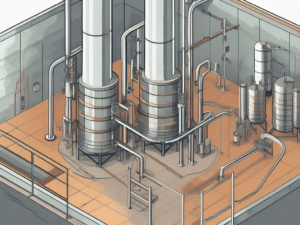

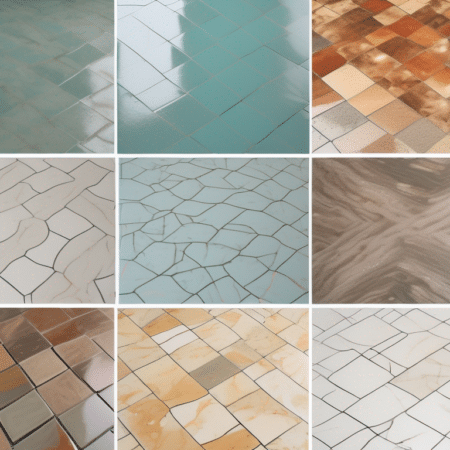
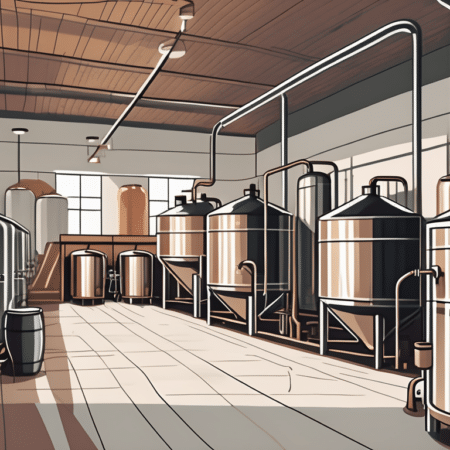
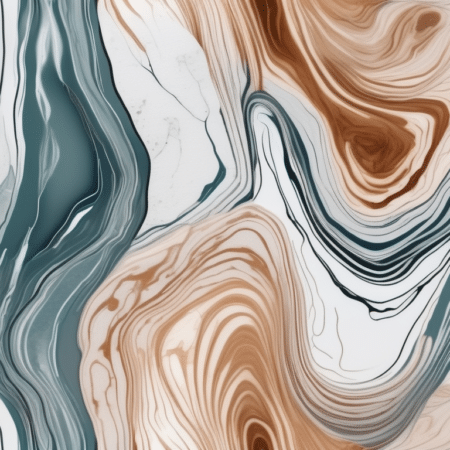

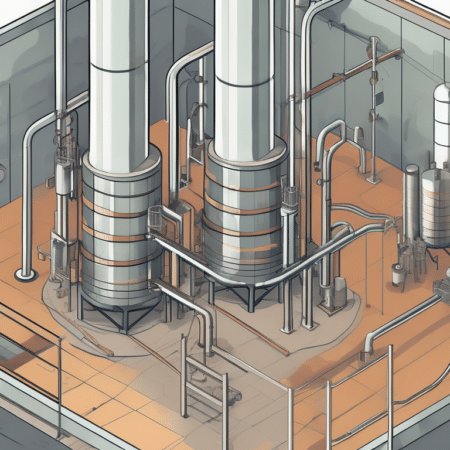
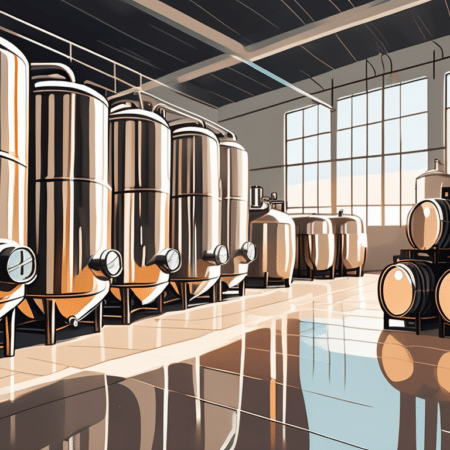
10 thoughts on “Epoxy Floor Textures”
Perfect! The appearance of your commercial flooring brings a significant impact on your business. Since the floor is the first thing your employees and customers see, maintaining and making sure it always looks stunning can be a challenge. Dirty or cracked flooring can create an impression that your business is not doing well and not prioritizing safety and sanitary standards.
You hit it spot on!
Hi I am a custodian and we have the textured flooring in the restrooms of the building I work in. We have hydrogen peroxide based cleaners as well as a citric based cleaner, are either of these products safe to use on this type of flooring?
Hi HG,
Yes – please take a look at either our Brew Floors III or Brew Floors IV Coating System which can withstand high acidic cleaners.
Cheers,
The Brew Floors Team
If I want it to be applied for car park area, which type is recommended?
Hi Christine,
Is this for home or commercial use?
Cheers,
The Brew Floors Team
How to remove NON-SLIP EPOXY FLOOR TEXTURE and turn it into regular epoxy floor with flakes . Do I have to scrape and sand down the texture non slip epoxy?
Hi Kevin,
Yes you will need to mechanically prep your floor in order to remove the current coating. Epoxies need a minimum CSP of 2-3. If you do not prep the floor correctly, any high build epoxy will not adhere properly and fail in the long term. Take a look art our Brew Floors II or III coatings.
Hi, I am in the process of choosing epoxy for a medium size coffee shop. Which epoxy do you recommend?
Hi Nicolette,
We recommend using our Brew Floors II or Brew Floors III coating for coffee shops. I have also sent you a direct email giving some more details about both systems.
Cheers,
The Brew Floors Team